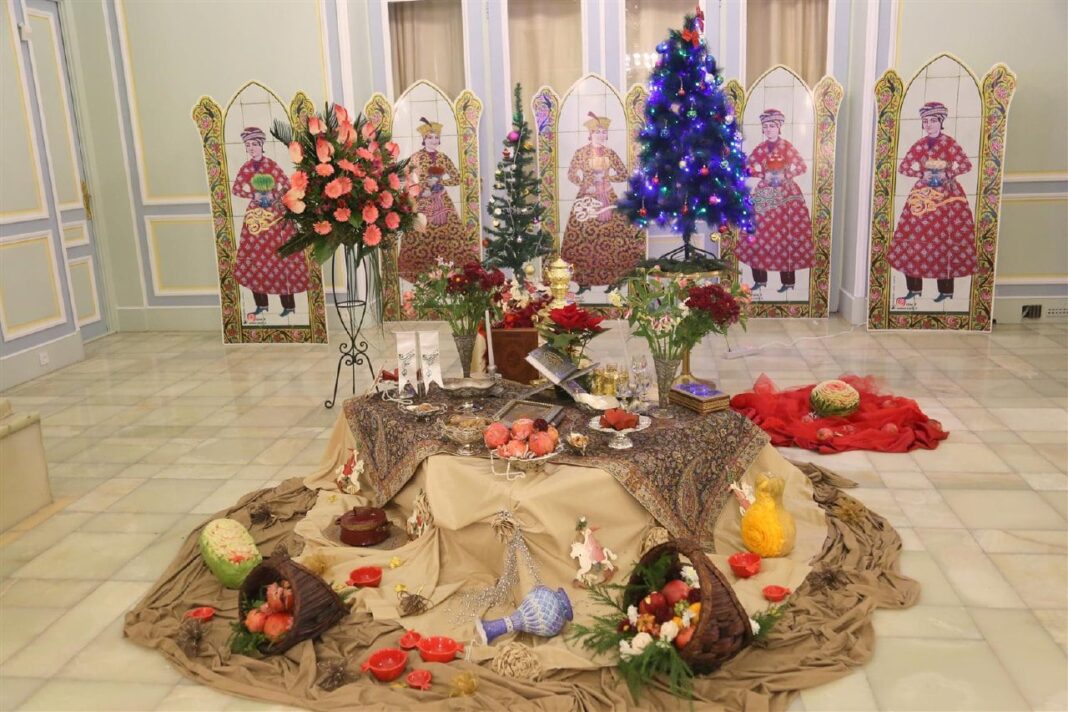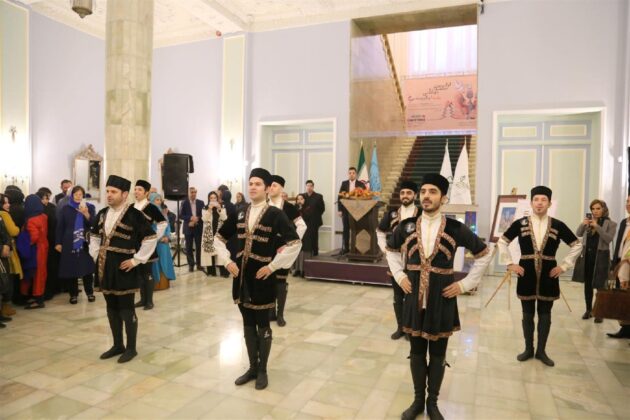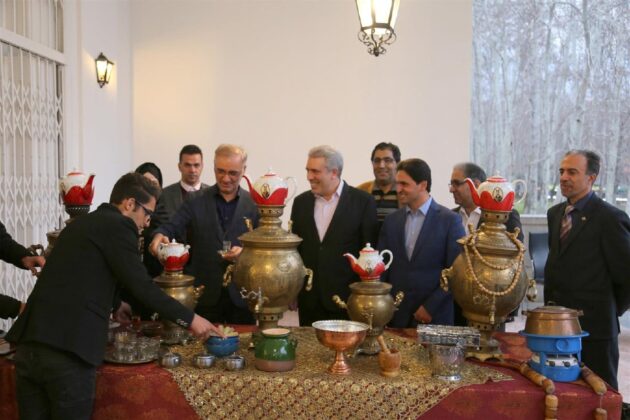Sa’adabad Cultural and Historical Complex in northern Tehran hosted the festival on Thursday with the aim of creating peace and promoting friendship with an emphasis on cultural commonalities of Yalda and Christmas.
Saeedeh Yaraqi, a cultural activist and organiser of this project, believes that Yalda is one of the elements that create unity among Iranians. She says Yalda could be used as a model for establishing a coherent national identity.
She believes that like other ancient celebrations, Yalda can be used as an effective means to restructure the modern world, and its cultural capacity can be tapped to develop friendship with other cultures.
“In our belief, Yalda night is the time when the Goddess of Mehr (sun) is born during an astronomical event. This Goddess lengthens the time of the day to let the supremacy of Sun continue,” she said, referring to the belief that Yalda Night is the beginning of lengthier days in winter.
“The coincidence of the birth of Jesus Christ, and of course the Christmas celebration, is a good opportunity to think of peace and unity beyond the political boundaries,” she added.
Yaraqi went on to say that for the Iranian dynasties, who were affiliated with Mehr ritual, the red colour was the symbol of sunlight.
The red colour of pomegranate, watermelon, and placing of red apples and Persian olive on Yalda table may also refer to this issue, she added.
“These elements have some commonalities with Western culture,” said Yaraqi. “The importance of red and green colours in Yalda and Christmas is one of the features shared by these two ancient celebrations.”
“By this initiative, we are after delivering the message of peace and friendship to the world through a cultural connection,” she added.
What follows are photos of the ceremony held on Thursday in Tehran:



